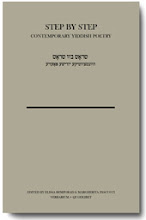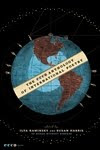[M]etabolism in the region closest to the antenna (orbitofrontal cortex and temporal pole) was significantly higher for on than off conditions (35.7 vs 33.3 μmol/100 g per minute; mean difference, 2.4 [95% confidence interval, 0.67-4.2]; P = .004).If anyone can tell me what 2.4 μmol glucose/100 g means - is this a lot or a little? - I would feel more informed. For now, though, I will continue to shrug at the marauding cell phones.
Update: In this study, the regional cerebral glucose consumption rate was about 37 μmol/100 g per minute. So 2.4 μmol/100 g per minute is less than a tenth of the normal value (if I understand correctly). Whether a change of less than 10% is significant - again, I'm trying to find the relevant literature.
Historical Update: A friend comments:
The first author [of the glucose and cell-phones paper] is Trotsky's great granddaughter. Maybe she should have tested whether ice picks near the head change glucose metabolism.
Ouch.








